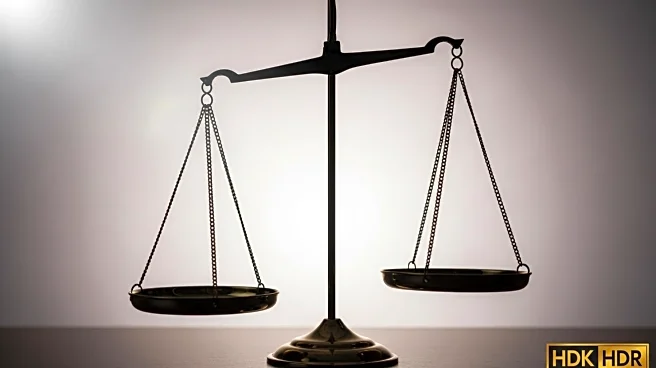What's Happening?
Australia's workforce continues to exhibit significant gender imbalance, with fewer than one in four Australians employed in gender-balanced roles. Despite some progress since 1990, the rate of change has been slow, with male-dominated industries remaining prevalent. Women continue to be concentrated in female-dominated sectors, and less than half of all employees work in gender-balanced industries. This segregation impacts income and productivity levels, with lower representation of women in leadership roles contributing to economic inequality. The gender pay gap is exacerbated by occupational segregation, with the most segregated jobs showing the largest disparities.
Why It's Important?
The persistent gender imbalance in Australia's workforce has far-reaching implications for economic growth and social equity. Addressing this issue is crucial for enhancing productivity and innovation, as diverse teams are shown to drive better outcomes. The gender pay gap and economic inequality are directly linked to occupational segregation, highlighting the need for targeted policies and cultural shifts to promote gender diversity in all sectors. By fostering inclusive workplace environments and supporting equitable practices, Australia can improve economic opportunities for all workers.
What's Next?
Efforts to address gender segregation in the labor market must involve comprehensive strategies that include increasing wages in female-dominated sectors and improving workplace culture in male-dominated industries. Encouraging male participation in caregiving roles through extended parental leave can help shift societal norms and promote gender equity. Businesses, government, and society must collaborate to implement policies that support diversity and inclusion, paving the way for a more balanced workforce.











